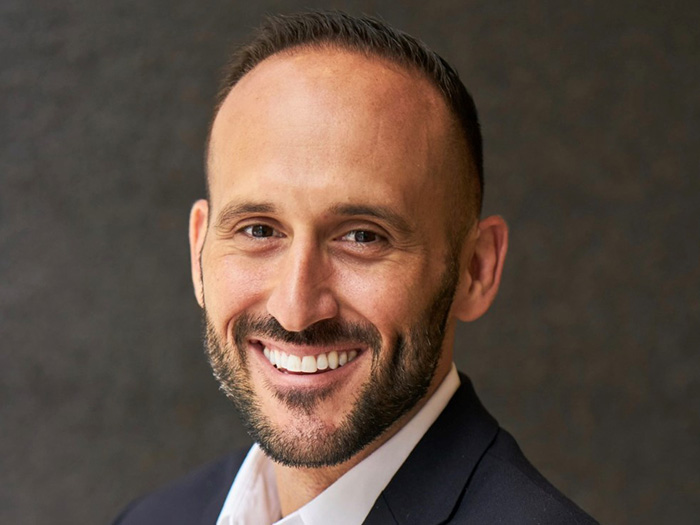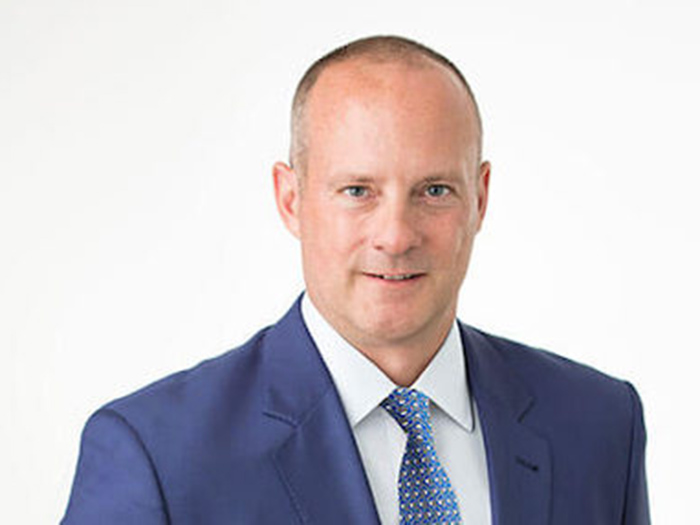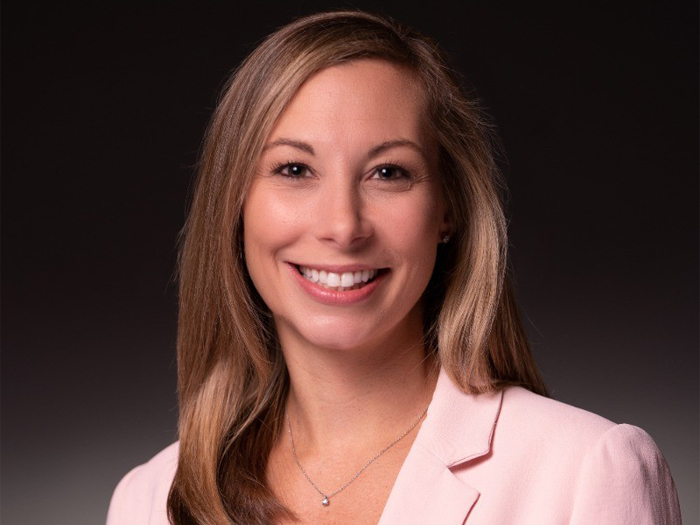Rising Star Ali Inan on the FinTech World, What Clients Want and How He’s Mastering Brokering in This Space


Come see the Stars! As part of our ongoing coverage of the best brokers in the commercial insurance space, Risk & Insurance®, with the sponsorship of Philadelphia Insurance, is expanding its coverage of the Rising Stars — those brokers who represent the next wave of insurance brokering talent.
Look for these expanded profiles on the Risk & Insurance website and in your social media feeds now and continuing into 2023.
Here’s a look at Ali Inan, U.S. FinTech industry leader at Marsh, and a 2022 Finance Power Broker and Rising Star.
Risk & Insurance: How did you find yourself working as a finance insurance broker? What led you to where you are today?
Ali Inan: West Coast, born and raised, and I always liked and had an affinity towards finance. I studied finance in undergrad and actually worked in the asset management sector.
I graduated in 2006. A few years into my professional career, we had the largest financial crisis known to humanity. I was working at a large asset management firm at the time. They laid off about half of the employees within the company. I remained, but things were really not going too well.
I was looking for something a bit more stable. I didn’t want to go through that again, especially in the asset management sector. You can imagine some of the conversations that were happening with clients, and it just was emotionally distressing, to say the least.
I started looking around. Where could my finance acumen help me more broadly in the professional services arena? I found insurance and was really interested, because I didn’t really know anything about insurance at the time.
There was a small, regional insurer called McCorkle Insurance that was looking for someone to come in and help them build a financial institution portfolio for its commercial lines business.
Getting that smaller brokerage experience [at McCorkle] across a multitude of lines of coverage was incredibly impactful for my career. But after five years at McCorkle, someone from Aon, who was a leader in their Western zone, said they needed a senior financial institution person. I couldn’t skip out on that opportunity. [I spent] six years at Aon and was running a financial institution placement desk in the West Coast.
Finance in the West Coast has always been an interesting thing. There’s always been, before FinTech, pressure to go to New York.
In 2015, FinTech really started to gain traction. And by virtue of being in the West Coast and being where I was, I was just very lucky and situated to start working on early-days FinTech clients. The financial institution lead job at Aon very quickly became a financial institution and FinTech lead.
After six years at Aon, I was approached by Marsh with this wonderful opportunity to lead our FinTech practice in the U.S. and also help lead the mantle in the Western zone for financial institutions. It’s been absolutely thrilling to engage with FinTech clients, both through the boom of what happened through 2020 and all the capital and liquidity that went into both private and public markets, and now today where some business models are changing.
R&I: What are some of the exciting things happening in the FinTech world? How do you keep on top of these changes for your clients?
AI: FinTech is very similar to other growth-oriented technology organizations. Everyone’s aware of the challenges happening in that space as the macro economy has shifted. A lot of growth-oriented stocks have taken a pretty significant hit in the public markets.
The big thing for us is how do we make sure that insurance and risk is a business enabler? How do we help our clients think through risk, whether they’re transferring it or not? I think transferring it and buying an insurance policy is great, but it doesn’t always make sense.
The way I keep on top trends in the space is by reading and listening and doing as much research as I can, and then talking to clients. I was speaking with a client recently, for example, that had to shift their fundraising strategy, because the private markets weren’t necessarily giving them the valuation they were looking for. They had to shift to more of an M&A financing strategy, which was very interesting. Then that came up in a conversation with another client, for example.
Talking to clients, making sure I listen to CNBC Morning Show in the morning when I’m exercising, and then reading every little bit of information that I can keeps me informed.
R&I: How would you describe your broking philosophy?
AI: Setting expectations and being responsive is first and foremost the most important thing for clients for colleagues and for insurers.
Setting expectations with insurers is differentiating the client, making sure the insurer understands the risk it’s taking on and understands the risk it’s not taking on. Sometimes there’s a perception of risk that isn’t real, and sometimes there’s a misunderstanding of risk that’s actually being taken on.
If you have clarity of thought and purpose, responsiveness, and you set and meet expectations across the full value proposition, then everything works out well, even if you have a tough situation.
Insurance is interesting — and I think [it’s] unique in this way — in that and you generally hope you never use it. And when you do use it, you’re typically in some situation where there is emotion involved and something has happened. And as such, we need to be incredibly responsive and on the ball.
R&I: When your clients do come to you, what are some of the biggest risks that they’re asking you for help with?
AI: The first thing is stakeholder expectations, whether it’s a board member, it’s a customer, it’s a vendor, it’s a third-party, and there [are] expectations placed upon the organization for insurance. Whether there might be contractual stipulations or or regulatory needs, they want to make sure they’re meeting those expectations.
FinTech is interesting, because you have the sliding scale where there’s some clients that are more Tech than Fin, meaning that they’re doing something that’s internal process and efficiency related, and they’re really more a B2B SaaS organizations that might not be taking consumer credit capital or regulatory risk.
Other FinTech clients are very much financial institutions, more Fin than Tech, and so are very much taking regulatory capital and credit risk.
I think of the “buy now, pay later” segment as an interesting example, where you’re deploying capital. You’re in essence taking credit risk in a new and interesting way. That comes with regulatory risk and that comes with potential consumer class-action risk. I think those are the biggest concerns for FinTech clients along with what other organizations are facing such as Cyber or shareholder litigation for example.
R&I: What’s your favorite part of what you do?
AI: I love talking to clients and hearing about what they’re doing and how they’re doing it and just being part of that strategic discussion.
Risk is inherently part of the strategic conversation that’s happening at the board level, that’s happening at the C-suite level. I love to be in the room, or on the Zoom, with my clients. Whether it’s a GC or a CFO or whoever it is, I often find myself having a strategic discussion about a new product or some new vertical they’re moving into.
Our seat at the table is really helping them think through the potential areas they’re exposing themselves to as they’re doing those things.
I love that about my FinTech clients — they’re constantly disrupting and moving into new spaces. To me, that’s where I get to continue to learn myself. &










